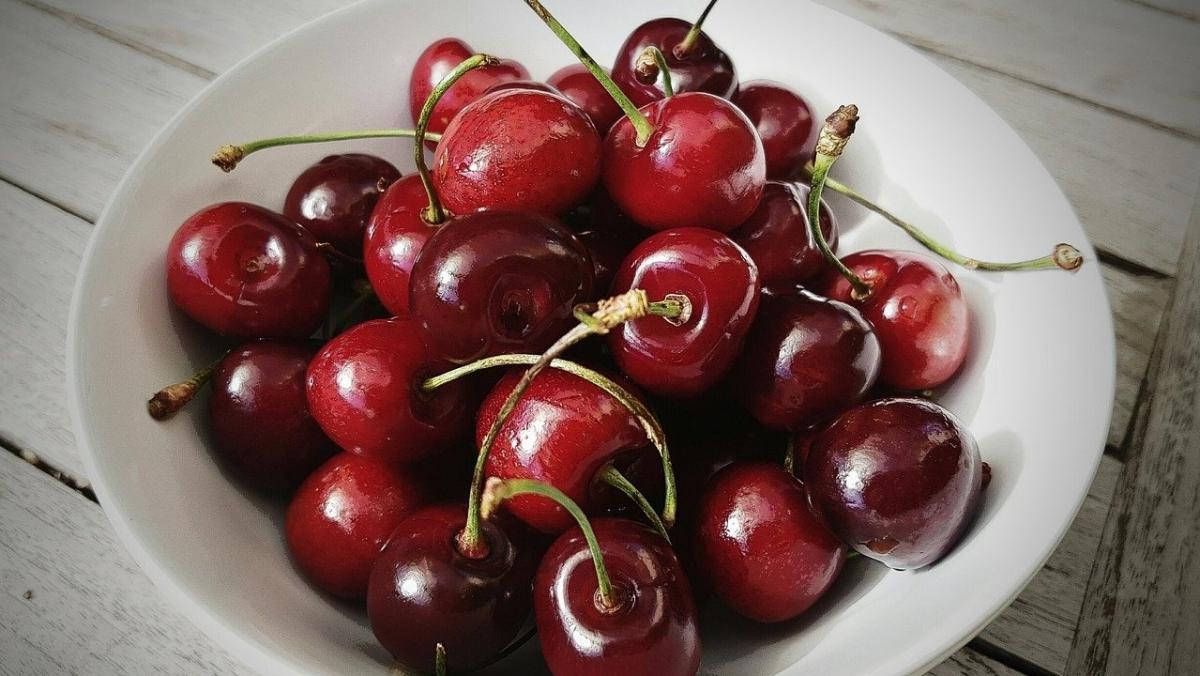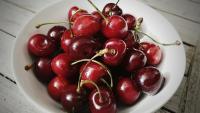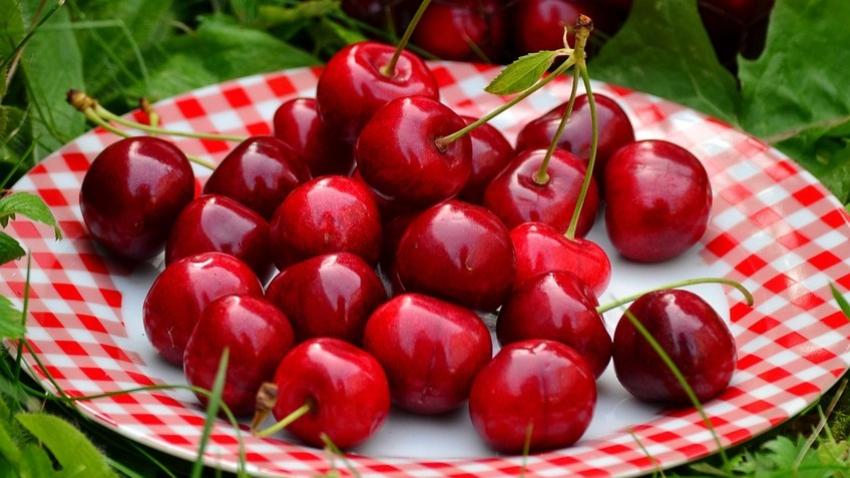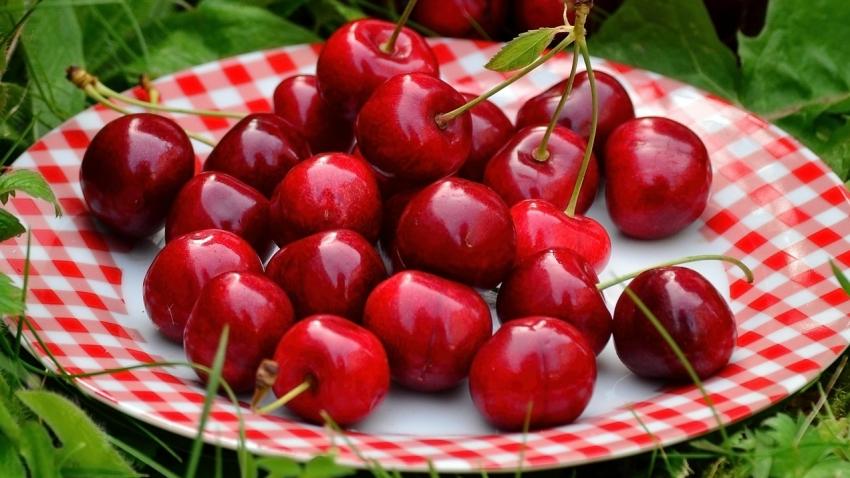You are here
Back to topAir Freight Cost for Australian Cherries Doubles, Even With Subsidies

According to projections from the U.S. Department of Agriculture’s Foreign Agricultural Service, the production of Australian cherries in marketing year (MY) 2020/21 is expected to increase to 21,000 metric tons, assuming that the weather holds steady. Official statistics for the production volume in MY 2019/20 have not yet been released, although current industry projections put last year’s figure at approximately 18,500 metric tons.
Cherries are highly sensitive to environmental factors, and consequently each country’s annual production can fluctuate greatly from year to year. For example, in Australia, the production volume in MY 2018/19 was 20,000 metric tons, almost double the 11,000 metric tons produced in MY 2016/17.
Shortages in labor availability also pose an issue for harvesting the 2020/21 crop. In recent years, the majority of cherry harvesting has been performed by temporary visa holders. However, owing to the COVID-19 pandemic and the resulting travel restrictions, Australia now faces a considerable labor shortage in this sector. The agriculture industry has raised this issue with the government, seeking early intervention to ensure a sufficient labor force for the harvest.
The export volume in MY 2020/21 is expected to reach approximately 5,000 metric tons. Although this represents an increase from last year, transportation is expected to present a serious challenge.
Almost all Australian cherry exports in the past five years have been shipped via air freight, with only 1% being shipped by sea. Unfortunately, air freight has also been heavily disrupted by the COVID-19 pandemic. Previously, cherries were often shipped on readily available passenger flights. Exporters are certain to face issues if they have to switch to cargo planes because of the limited availability of passenger flights.
According to industry sources, the Australian cherry industry is working with the government to prepare for the 2020/21 export season, which will begin in November. The Australian government has implemented an assistance package called the International Freight Assistance Mechanism to help producers successfully export perishable goods.
The value of a product and proximity to its export markets are the major factors considered for the utilization of IFAM flights. Cherries are of high value compared to other types of stone fruit such as peaches and nectarines and are primarily exported to nearby markets in East Asia, making them a perfect candidate for the IFAM. Nevertheless, industry sources have indicated that even with this government support, exporters will still have to pay almost twice as much in shipping costs compared to pre-COVID rates.
Cherry exports in MY 2019/20 were largely unaffected by the COVID-19 pandemic. Over 90% of Australian cherry exports occur between November and January, with substantial slowdown in February and virtually no shipments in March. Australia exported 4,550 metric tons of cherries in MY 2019/20, with China being the number one market at 33%, followed by Hong Kong at 14%.
Image: Pixabay
This article was translated from Chinese. Read the original article.















Add new comment